Below are some useful links for you and your child to access at home to support their learning.
Telling the time games
In Year 4 a big focus is on our times tables (from 1x through to 12x tables). The children enjoy many games we play in class to increase fluency. Click on the icons below to visit the websites.
This is the link to the times tables speed test we have been practising weekly.
The children have really enjoyed learning though singing so here are the links to the songs we have been learning!
3x tables
4x tables
6x tables
https://www.youtube.com/watch?v=dr_zC8f8gjA
Active Learn
The children have access to a website we use in school called Active Learn. (www.activelearnprimary.co.uk). On this website the children have been given their own log in and password and have games and books allocated to them which they can play at home (on laptops, tablets and even some games consoles). Our school code is phcs.
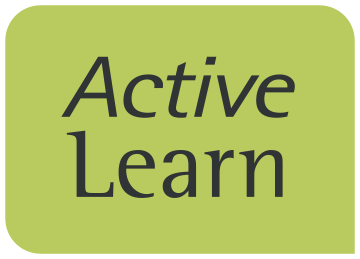 Click on the icon to redirect to the login page.
Click on the icon to redirect to the login page.
If your child has forgotten their log in, please come and see me and I can give them their log in details again.
Key learning
Throughout this year, we will be learning the following Mathematics In Bronze Class;
Number - number and place value
- recognise the place value of each digit in a 3-digit number (100s, 10s, 1s)
- compare and order numbers up to 1,000
- identify, represent and estimate numbers using different representations
- read and write numbers up to 1,000 in numerals and in words
- solve number problems and practical problems involving these ideas
Number - addition and subtraction
- add and subtract numbers mentally, including:
- a three-digit number and 1s
- a three-digit number and 10s
- a three-digit number and 100s
- add and subtract numbers with up to 3 digits, using formal written methods of columnar addition and subtraction
- estimate the answer to a calculation and use inverse operations to check answers
- solve problems, including missing number problems, using number facts, place value, and more complex addition and subtraction
Number - multiplication and division:
- recall and use multiplication and division facts for the 3, 4 and 8 multiplication tables
- write and calculate mathematical statements for multiplication and division using the multiplication tables that they know, including for two-digit numbers times one-digit numbers, using mental and progressing to formal written methods
- solve problems, including missing number problems, involving multiplication and division, including positive integer scaling problems and correspondence problems in which n objects are connected to m objects
Number - fractions
- count up and down in tenths; recognise that tenths arise from dividing an object into 10 equal parts and in dividing one-digit numbers or quantities by 10
- recognise, find and write fractions of a discrete set of objects: unit fractions and non-unit fractions with small denominators
- recognise and use fractions as numbers: unit fractions and non-unit fractions with small denominators
- recognise and show, using diagrams, equivalent fractions with small denominators
- add and subtract fractions with the same denominator within one whole [for example,
 +
+  =
=  ]
] - compare and order unit fractions, and fractions with the same denominators
- solve problems that involve all of the above
Measurement
- measure, compare, add and subtract: lengths (m/cm/mm); mass (kg/g); volume/capacity (l/ml)
- measure the perimeter of simple 2-D shapes
- add and subtract amounts of money to give change, using both £ and p in practical contexts
- tell and write the time from an analogue clock, including using Roman numerals from I to XII, and 12-hour and 24-hour clocks
- estimate and read time with increasing accuracy to the nearest minute; record and compare time in terms of seconds, minutes and hours; use vocabulary such as o’clock, am/pm, morning, afternoon, noon and midnight
- know the number of seconds in a minute and the number of days in each month, year and leap year
- compare durations of events [for example, to calculate the time taken by particular events or tasks
Geometry - properties of shapes
- draw 2-D shapes and make 3-D shapes using modelling materials; recognise 3-D shapes in different orientations and describe them
- recognise angles as a property of shape or a description of a turn
- identify right angles, recognise that 2 right angles make a half-turn, 3 make three-quarters of a turn and 4 a complete turn; identify whether angles are greater than or less than a right angle
- identify horizontal and vertical lines and pairs of perpendicular and parallel lines
Statistics
- interpret and present data using bar charts, pictograms and tables
- solve one-step and two-step questions [for example ‘How many more?’ and ‘How many fewer?’] using information presented in scaled bar charts and pictograms and tables
.jpg)
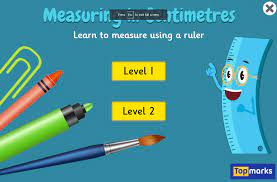
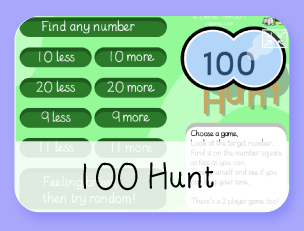
.png)


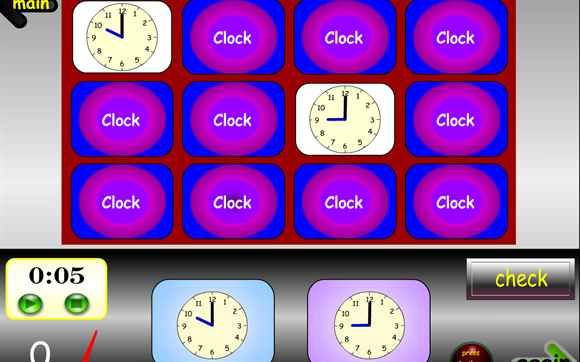
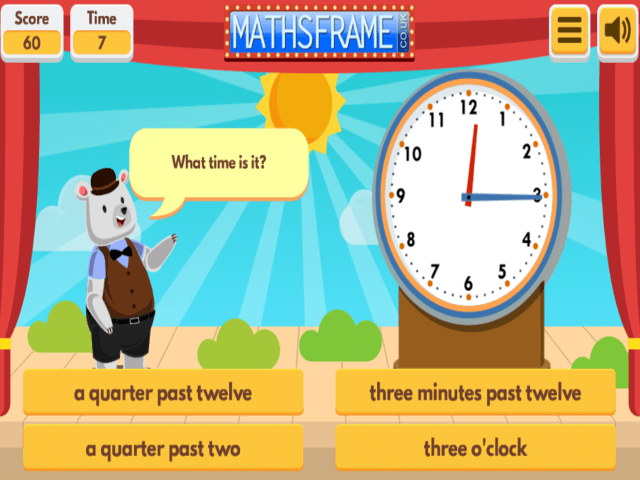

.jpg)
.png)
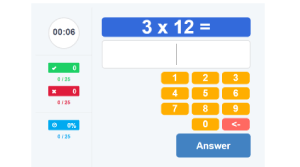

.jpg)

